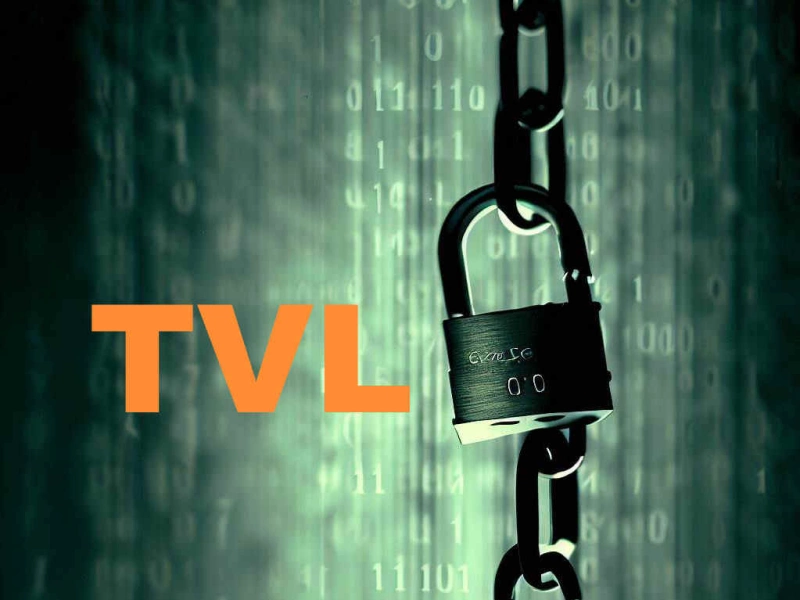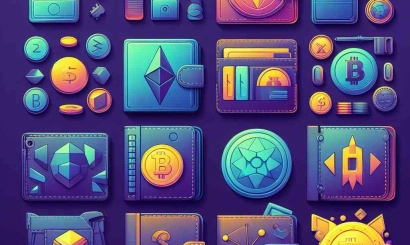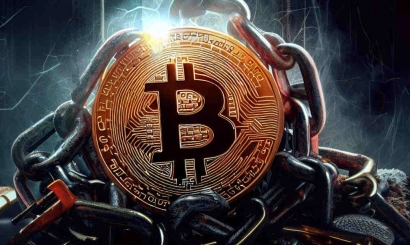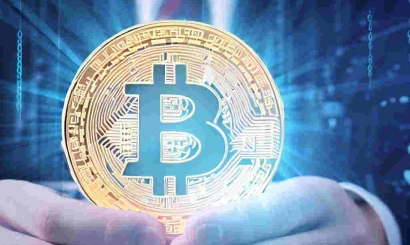Learn how TVL serves as a crucial indicator for evaluating cryptocurrency projects' investment potential, its proper calculation methods, and application in blockchain investment assessment
Total Value Locked (TVL) stands as a fundamental metric for evaluating blockchain-based services, protocols, and applications. With smart contracts revolutionizing traditional financial operations by eliminating intermediaries like banks and exchanges, TVL has become increasingly significant.
The emergence of Decentralized Finance (DeFi) is powered by smart contracts. Thanks to blockchain's transparent nature as a public transaction record, TVL provides visibility into funds locked within individual smart contracts and entire blockchain ecosystems (such as Ethereum). This metric serves as a primary indicator of user engagement with decentralized applications (dApps).
TVL Calculation Process
Consider Uniswap, a leading decentralized exchange (DEX) that pioneered automated market makers (AMMs), enabling direct token exchanges without intermediaries.
Uniswap operates through liquidity pools containing paired tokens. Users can deposit funds into these pools (like ETH/USDT pairs), becoming liquidity providers (LPs). These pools facilitate token exchanges for traders, with LPs earning fees from transactions.
Each pool maintains its own TVL, representing the total dollar value of deposited cryptocurrencies. Uniswap's overall TVL combines all pool values across various networks including Arbitrum, Polygon, Optimism, and Celo. According to DefiLlama, Uniswap's total TVL across all pools reached $4.11 billion by early July.
This calculation method applies similarly to lending protocols like Aave or Curve, focusing solely on deposit values while excluding outstanding loans and LP earnings. When calculating network-wide TVL (like Ethereum's), it encompasses all dApp TVLs within that network. Ethereum's total TVL stands at $26.77 billion, representing roughly 60% of the entire DeFi market.
TVL's Significance
TVL effectively demonstrates user confidence in protocols and networks, similar to bank deposit comparisons. Higher TVL typically indicates greater liquidity and operational efficiency. In DeFi, where users provide liquidity, this metric becomes crucial for market stability. Insufficient liquidity can lead to transaction delays and increased fees.
Large trades on low-liquidity exchanges can cause price volatility and failed transactions, necessitating slippage tolerances for token pairs. Lower TVL suggests reduced stability in money circulation, potentially affecting LP rewards and protocol health.
TVL Reliability Considerations
A protocol's market cap exceeding its TVL suggests overvaluation, while a market cap/TVL ratio below one indicates potential undervaluation. However, these ratios fluctuate based on native token prices, which respond to market sentiment, exchange listings, and protocol updates.
TVL can be distorted by whale activity - large investors capable of significantly impacting metrics through single transactions. Therefore, examining total user numbers through platforms like DefiLlama or Dune analytics provides additional context.
The growing popularity of airdrops has led to artificial TVL inflation through bot activity and farming accounts. Some projects suggest that developer activity metrics, trackable through GitHub or Developerreport, may provide more reliable indicators than TVL alone.







